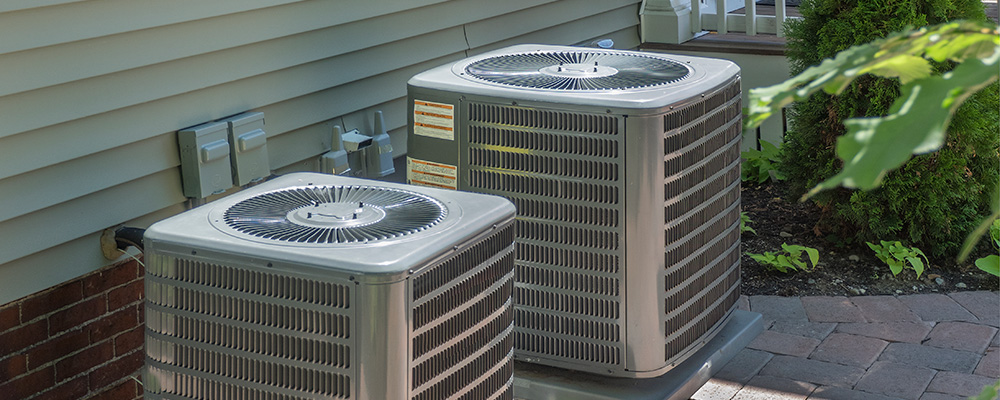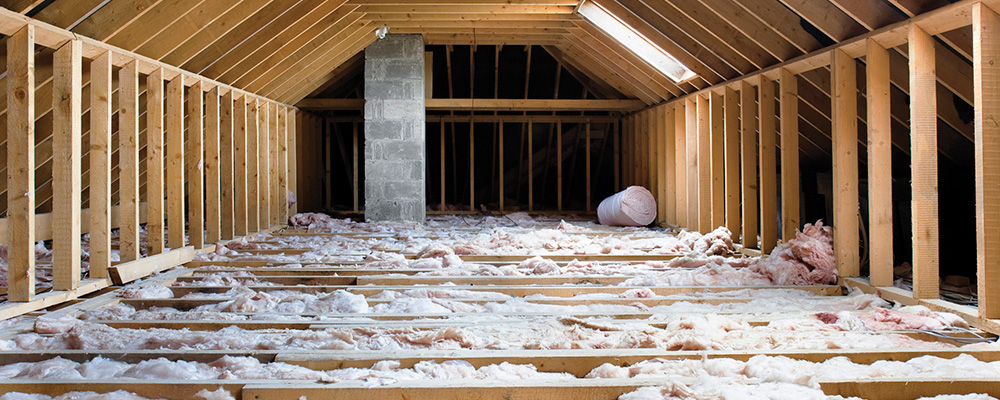Minimize Spikes in Your Electric Bill
Most electric bill increases are related to your heating, ventilating and air conditioning (HVAC) system as it is responsible for up to 40% of your electric bill. If you determine your electric usage is what increased your bill, the following are the items you should check.
JEA recommends:
Set your thermostat on 68 degrees in the winter and 78 degrees in the summer. Every degree above 68 in the winter or below 78 in the summer adds consumption to the heating and cooling portion of your utility bill.
Duct Leaks
Duct leaks caused by breaks or disconnections of the duct work in your home will cause increased electricity usage. Properly sealed ducts can increase the system’s efficiency and provide a more uniform temperature throughout your home.
Symptoms
- A room or area of your home that never seems to heat or cool properly. A duct leak can prevent air from being properly transported to a specific area.
- Dusty rooms. Leaky ducts suck in dust and dirt and blow them out through the vents in your home.
Recommendation
If you find that you have an area of your home that isn’t cooling or heating like the rest of your home, you can check the ducts yourself or hire a licensed HVAC contractor to inspect and seal your ducts.
Properly sealed ducts can increase the system’s efficiency and provide a more uniform temperature throughout your home.

Improper HVAC System Charge
Improper refrigerant charge can lower efficiency significantly and cause premature component failure, resulting in costly repairs.
Symptoms
- The inside unit of your HVAC system or your refrigerant line is freezing up. A system that is low on refrigerant tends to freeze up while trying to cool.
- Your HVAC system is short cycling/cycling on and off regularly never reaching the temperature set on your thermostat. A system that is low on refrigerant can cycle on and off every few minutes and therefore cannot effectively cool your home.
- Your home seems more humid than usual. A system that is not properly charged can have trouble dehumidifying the air in your home.
- Your HVAC system seems to run excessively and is having difficulty cooling your home. A system that is not properly charged will not be able to remove heat as quickly as it should from the inside of your home.
Recommendation
A licensed HVAC contractor can test and add or remove refrigerant for you. If your system needs refrigerant, it is likely that a leak has occurred. Make sure the technician finds and repairs the leak so the problem does not reoccur.
You may also want to consider having annual maintenance done on your HVAC system. Maintaining your unit will help to ensure it is running as efficiently as possible. JEA offers rebates for residential customers who have purchased a new HVAC Unit.
Heat Strips
Auxiliary or emergency heat in heat pump systems is usually provided through electric resistance strip heat, or more commonly known as heat strips. The heat strips can become stuck on even when the system is not in heating mode.
Symptoms
- Auxiliary/emergency heat light illuminated on thermostat. The light is an indicator that your auxiliary/emergency heat is running.
- Warm/hot air coming out of the registers while in the cooling mode.
- HVAC system runs excessively when trying to cool the home.
- The side of the unit installed in the home, attic, garage, or crawlspace is warm or hot to the touch.
Recommendation
If you are heating your home, check to be sure your system is in heat mode rather than emergency heat/auxiliary mode. If you are cooling your home and your air conditioner is running constantly and your system is struggling to keep your home cool, your heat strips may be stuck on. If you suspect your heat strips are running when they should not be, consider hiring a licensed HVAC contractor to diagnose the problem. Find more ways to save.
Heat strips can become stuck on even when the system is not in heating mode.

Insulation
While inadequate attic insulation will generally not cause a spike in your electric bill, it can contribute to high bills in general.
Symptoms
- Your house was built before 1986 and extra insulation has not been added. Building code for insulation was much lower in homes built before 1986 than it is now.
- You are having comfort concerns in your home. If your home is not staying as cool or warm as you would like, insulation could be a factor.
Recommendation
If you are experiencing comfort concerns or live in an older home, you likely need to consider upgrading your insulation. Increasing your attic insulation to a R-value of 38 can save on your energy costs. Consider calling an insulation contractor to receive a quote for your insulation needs.
Explore Solutions and Save
Learn about all the ways JEA helps Northeast Florida families, businesses and our community thrive and how we can help you do more.
Related Links
-
Thermostats
It’s easy to get smart thermostats confused with programmable thermostats. Learn what a smart thermostat is, if it is right for you and how much it can realistically help you save on your electric bill.
-
Get Assistance
Customers in need of financial assistance with utility-related bills can receive help from United Way 2-1-1. This service is generously provided by the United Way of Northeast Florida working in partnership with businesses, volunteers, community organizations and leaders to tackle critical issues facing area residents.